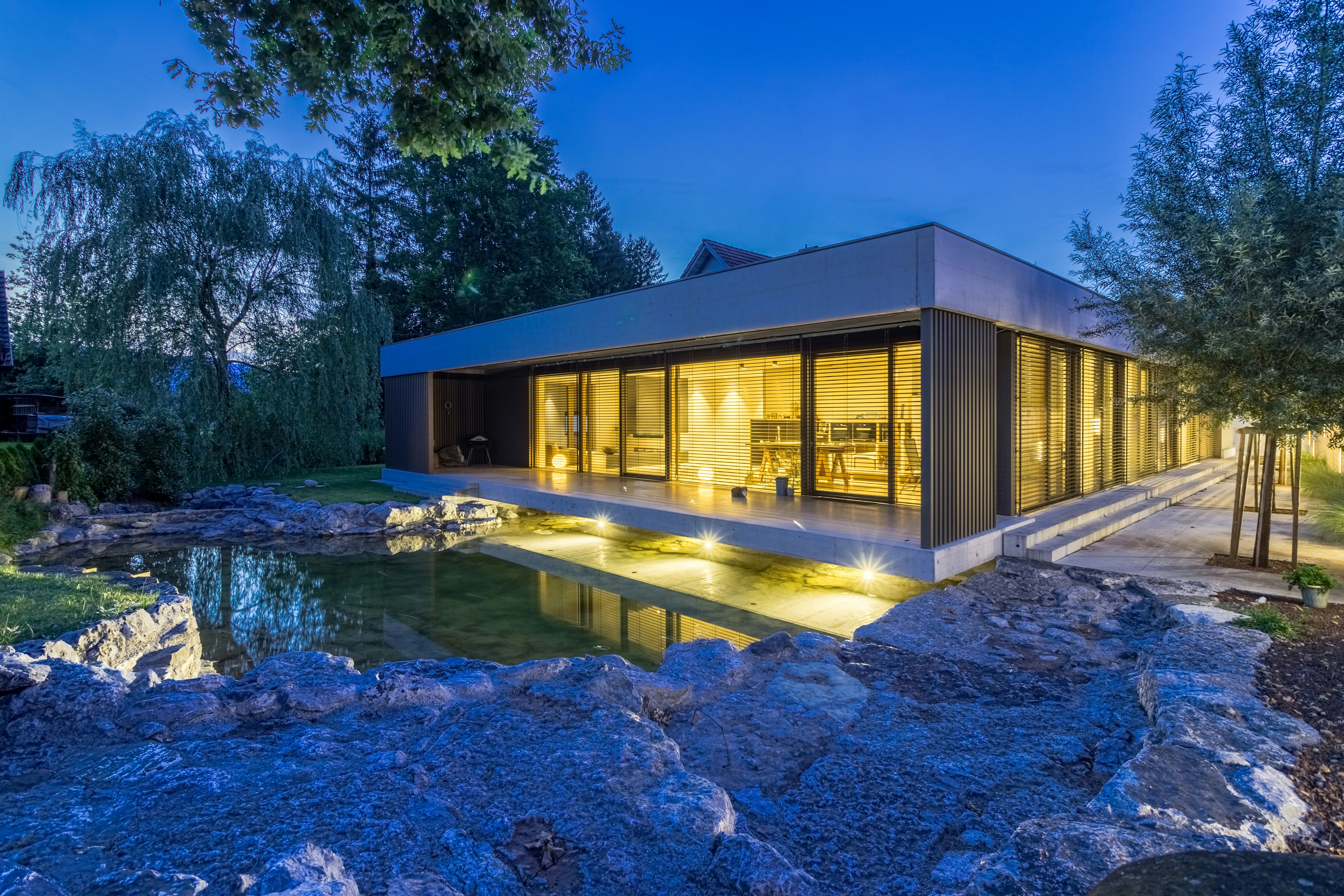Diversifying Real Estate Portfolios: The Rise of Mixed-Use Properties
The real estate market never ceases to evolve, presenting seasoned investors and new entrants with unique opportunities. One such trend gaining traction is the investment in mixed-use properties. This article delves into mixed-use properties, their rise, current market trends, and their potential benefits and drawbacks.

Understanding Mixed-Use Properties
Mixed-use properties are structures that are zoned for multiple purposes: residential, commercial, and sometimes industrial. This concept isn’t new; it dates back to ancient Rome, where multi-story buildings housed shops on the ground floor and residential units above. However, the resurgence of mixed-use properties in modern times is fueling a significant shift in the real estate landscape.
The Rising Popularity of Mixed-Use Properties
There’s a renewed interest in mixed-use properties. The trend is driven by urbanization, population growth, and the desire for walkable communities. These properties combine the convenience of having residential, retail, and office spaces under one roof, making them attractive to millennials and the growing remote workforce.
The Financial Perspective
From an investment standpoint, mixed-use properties offer a diversified income stream, given the blend of residential and commercial tenants. They also tend to weather economic downturns better than single-purpose properties. However, they may require a larger initial investment and can be more complex to manage, given the mix of lease types and tenant needs.
Prospects and Challenges
The mixed-use development trend is expected to continue, driven by urban planning initiatives and lifestyle shifts. However, it’s not without challenges. Zoning laws, financing difficulties, and property management complexities are some of the hurdles investors may face.
The Impact on the Real Estate Market
The rise of mixed-use properties is reshaping the real estate market. It’s driving urban regeneration, encouraging sustainable living practices, and providing investors with resilient investment options. However, like any investment, it requires careful analysis and understanding of the market dynamics.
In conclusion, mixed-use properties represent an exciting opportunity in the real estate sector. While they come with their unique set of challenges, their potential benefits—diversified income, resilience during downturns, and alignment with modern lifestyle trends—make them a worthy consideration for any real estate portfolio.



